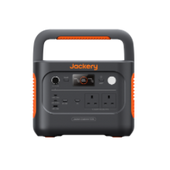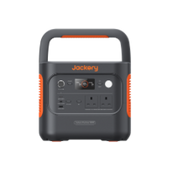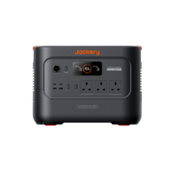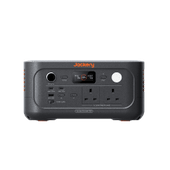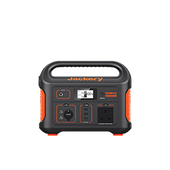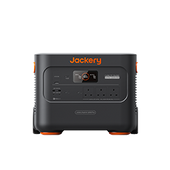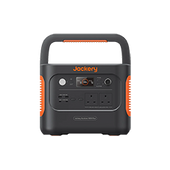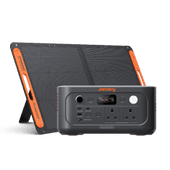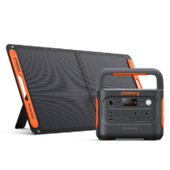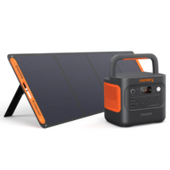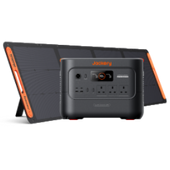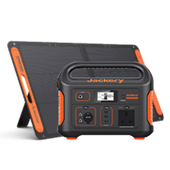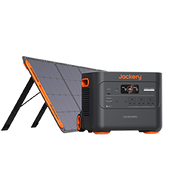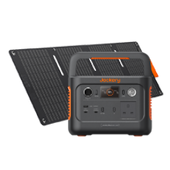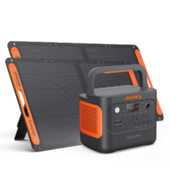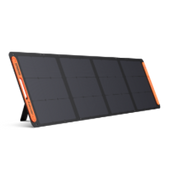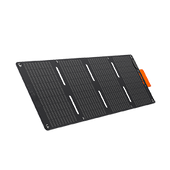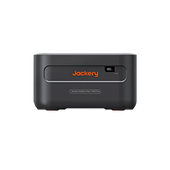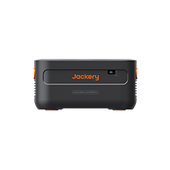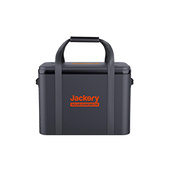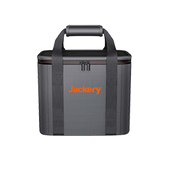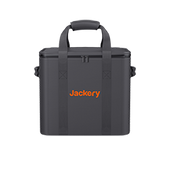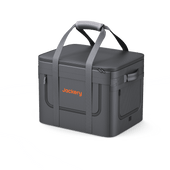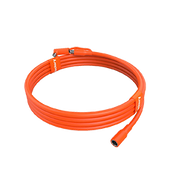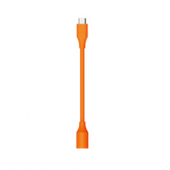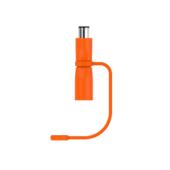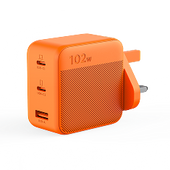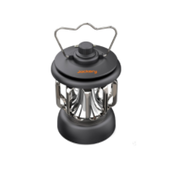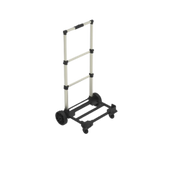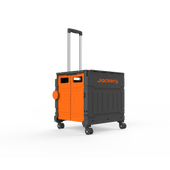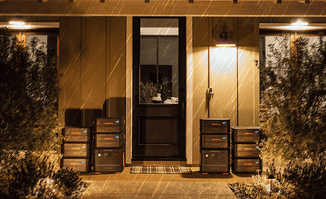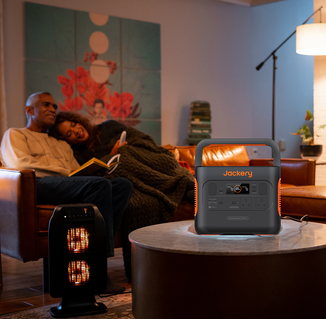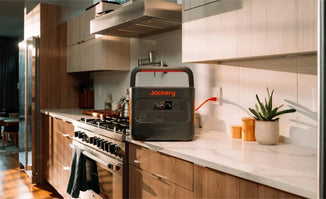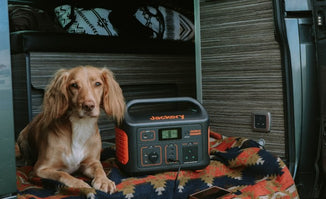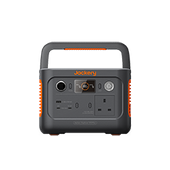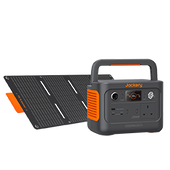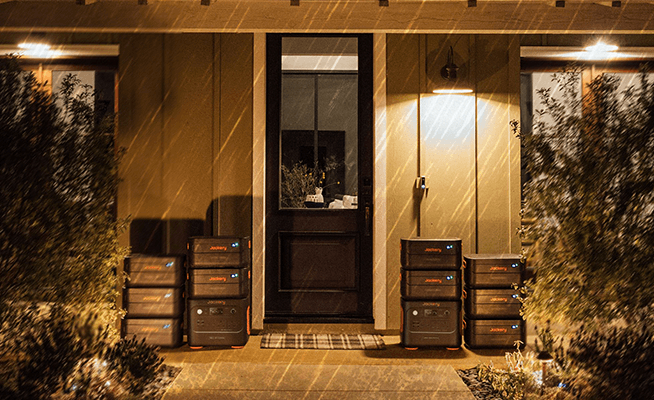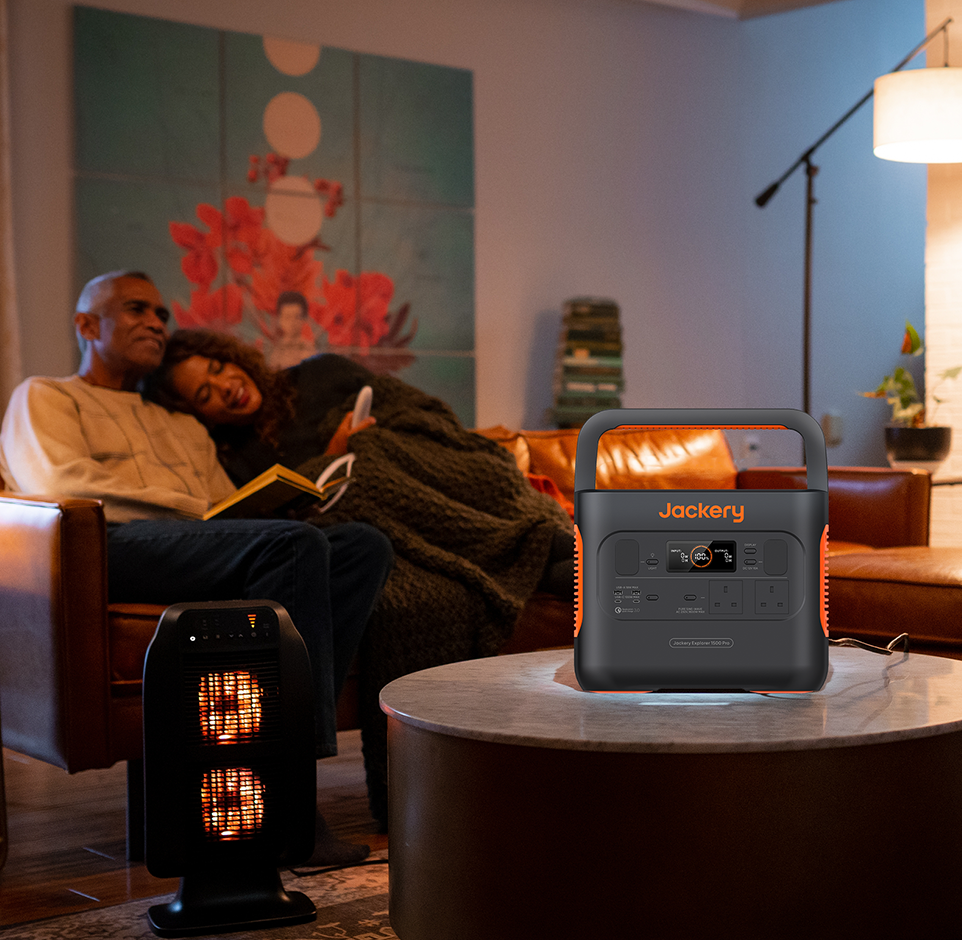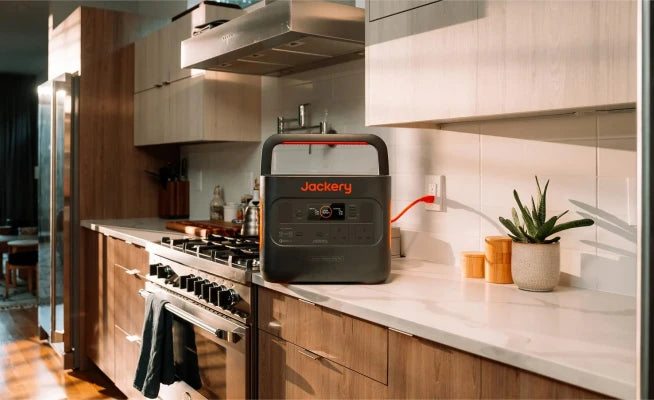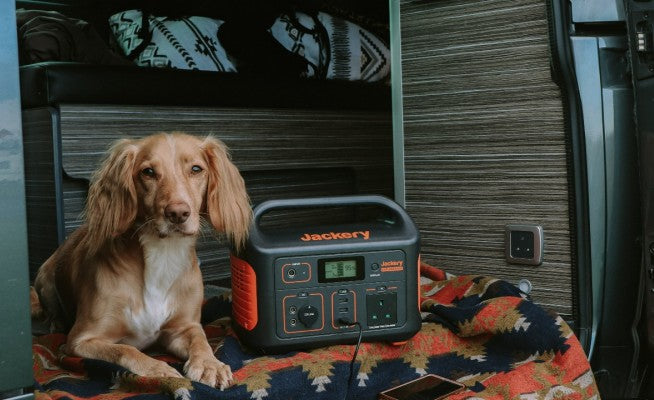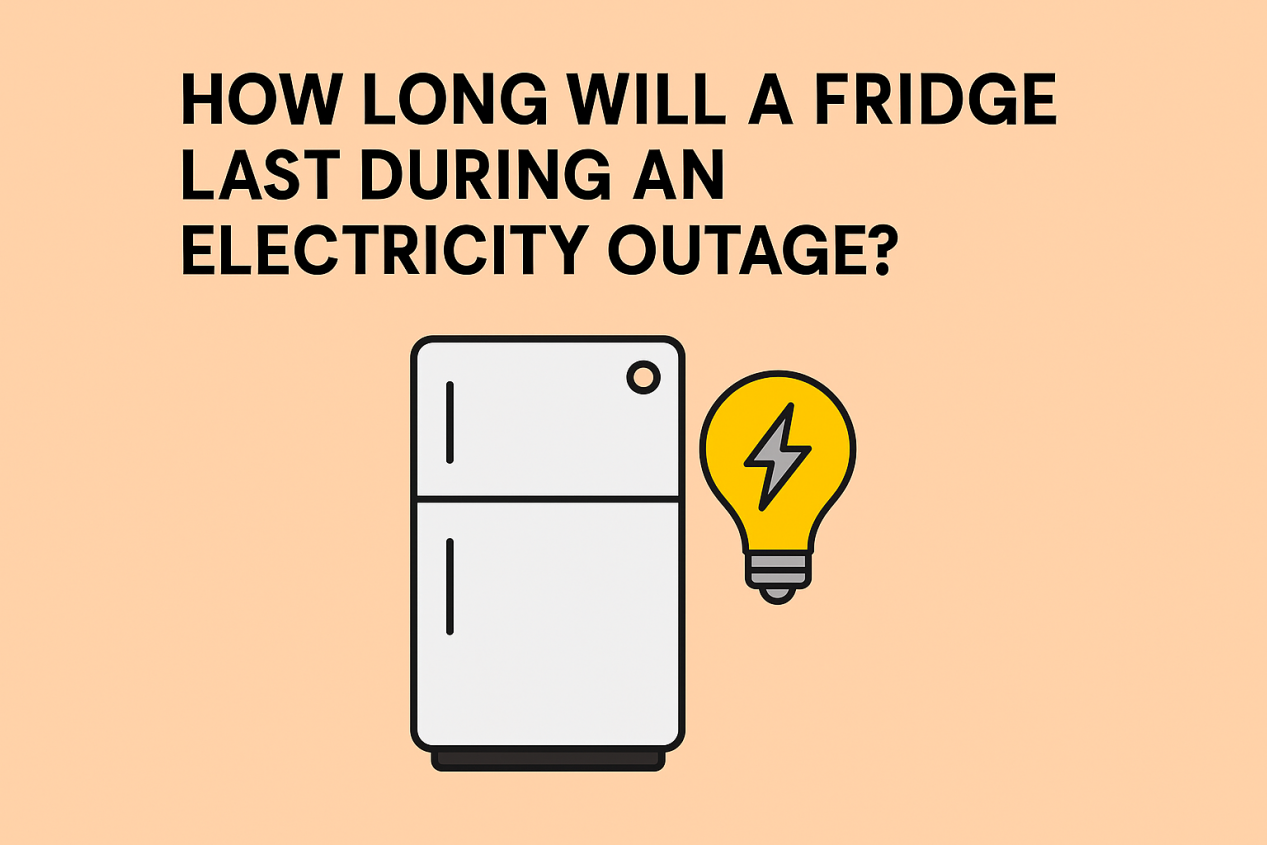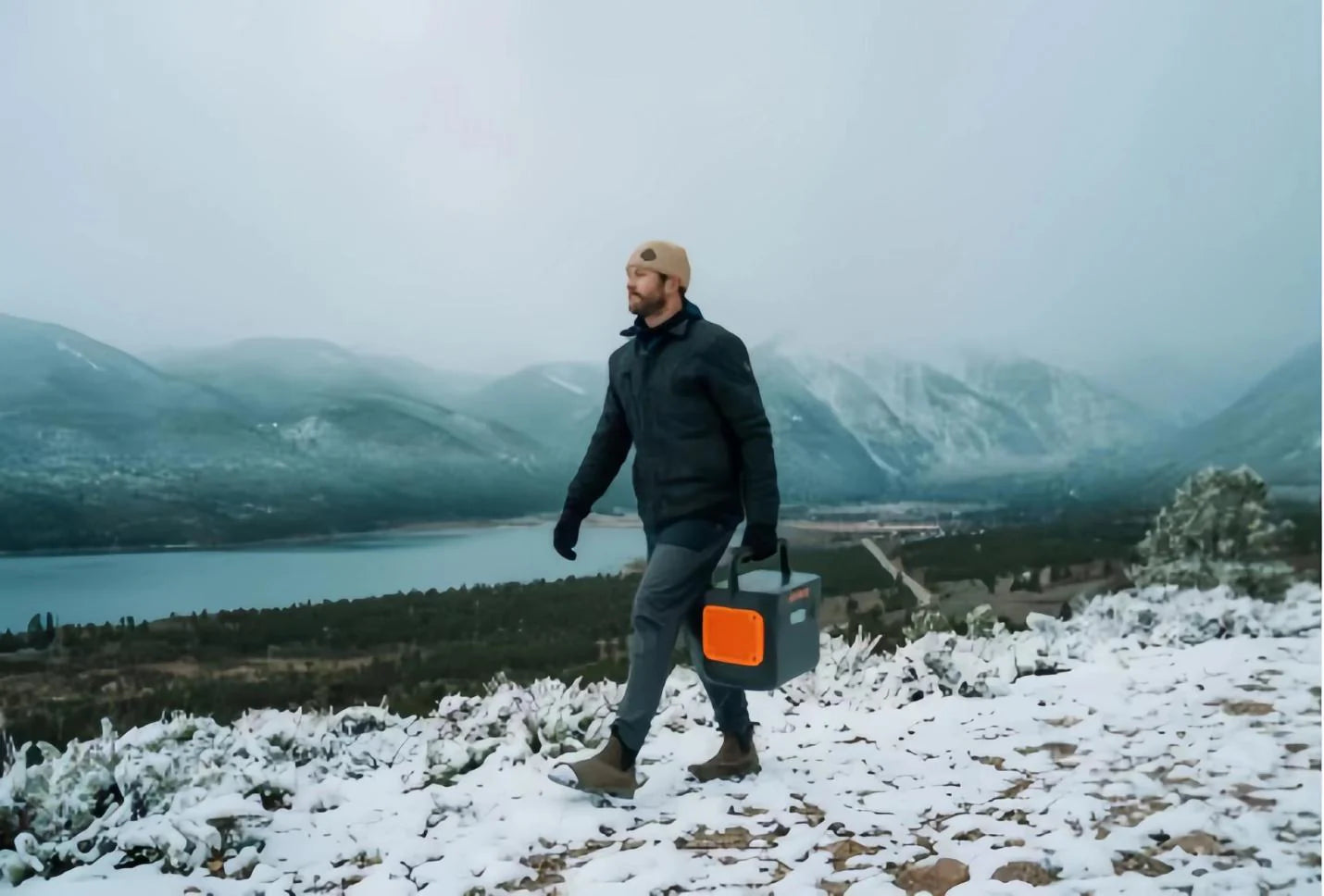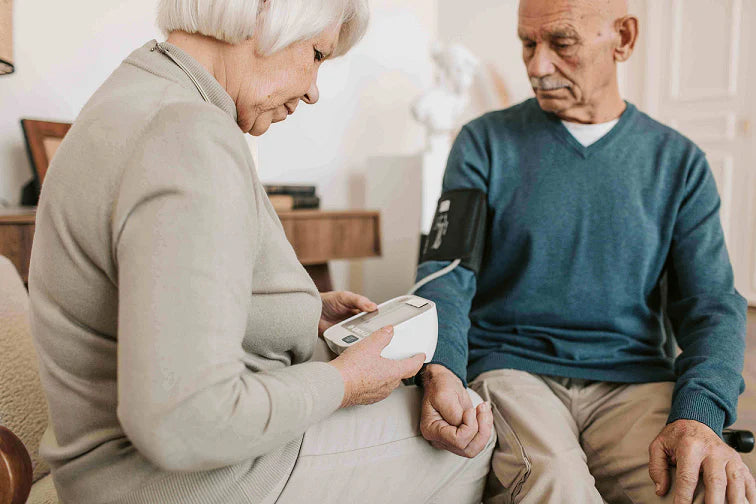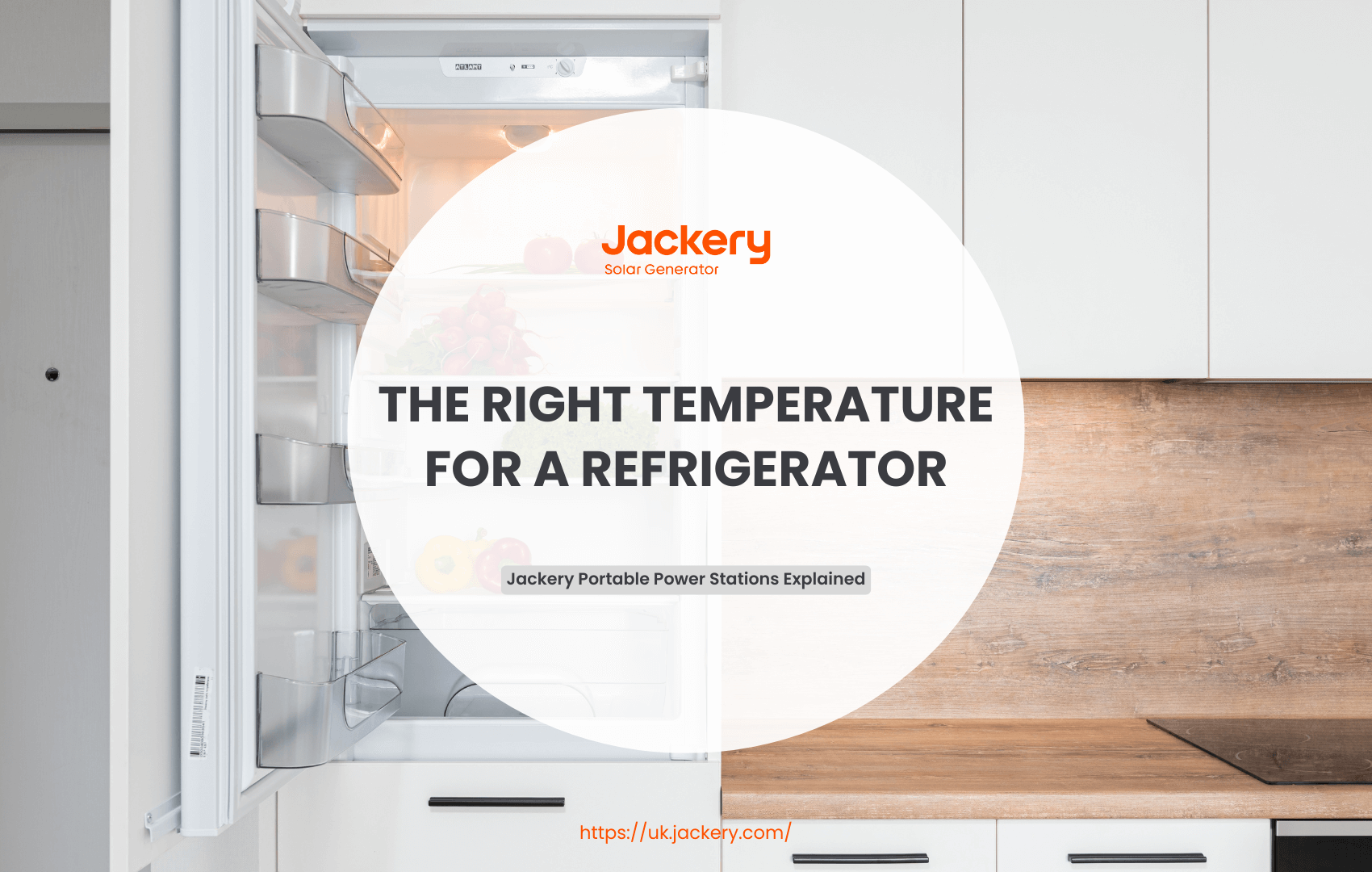Electricity outages are a very real concern for homeowners in the UK, as homes rely on electricity for nearly all their needs. During an electricity outage, one of the most primal concerns is that of preserving food.
When the lights go out, your refrigerator and/or freezer will also be cut off from power. How long can it last before the food inside begins to spoil? Plus, is there a way to overcome this uncertainty? Would a portable power station or a backup generator for home be the right choice? This article will discuss all you need to know!
The Basics: Fridge and Freezer Lifespan Without Power
In order to avoid food poisoning by consuming food that has spoilt or food waste, you should first consider the basics. In particular, you need to understand the specific timeframes necessary to guarantee food safety during periods with no power. Here are the basics you need to be aware of during an electricity outage:
1. General Guidelines
To start off, we first need to consider how long a refrigerator or freezer can maintain its temperature and preserve food following an electricity outage.
- Refrigerator
Refrigerators tend to have a temperature of 0–4°C and are typically used to store foods that will be consumed within the next 4–5 days. This includes perishable items such as milk, fresh produce, leftovers from your meal, and sauces.
Following the electricity outage, the refrigerator can only maintain the internal temperature for 4 to 6 hours at best. However, this is only in the best-case scenario where you keep the door firmly closed throughout the electricity outage.
- Freezer (Full)
Freezers, on the other hand, can maintain temperatures much lower, nearly -18°C—and are used to store goods that are meant for longer storage. For instance, meats, poultry, and fish can be stored for over one week or more.
Some families also do meal prep by preparing soups, sauces, and stews ahead of time and freezing them. These foods are then defrosted and cooked when needed. If the freezer is completely full, it can store food safely for up to 48 hours, provided the door stays tightly shut during an electricity outage.
- Freezer (Half-Full)
Another scenario is when your freezer is only filled halfway. Interestingly, in this scenario, the freezer can only maintain its temperature for up to 24 hours. And again, this depends on whether or not you can keep the door firmly sealed.
2. Why These Numbers Matter: Insulation and Thermal Mass
To better understand these numbers, you need to understand the underlying scientific principles. In particular: insulation and thermal mass. Both of these are vital principles that go into any refrigerator or freezer design.
- Insulation
Insulation is the act of stopping the flow of heat. Refrigerators tend to incorporate insulating material in their design that helps maintain lower internal temperatures relative to the outdoors. Without insulation, the cold air would continue to escape.
With its use, the refrigerator won’t consume as much power since it won’t need to continue cooling down the temperature. During an electricity outage, a refrigerator relies solely on the quality of the insulation material to ensure that the inner cool air is not lost.
- Thermal Mass
Thermal mass refers to the ability of a material to absorb and store heat. In this way, it allows the area it is placed in to maintain a stable temperature.
So, when you experience an electricity outage, the full freezer has a higher thermal mass that acts as a natural ice pack, absorbing any heat. In the same way, a half-full freezer does not have as much thermal mass and therefore is more susceptible to a loss of stable internal temperature.
3. A Crucial Caveat: These Are Just Estimates
As we have somewhat discussed, the number of hours your refrigerator or freezer will retain its internal temperature is a mere estimate based on ideal conditions. The truth is that they rely on several factors and will vary in real-world settings. For example, higher external temperatures, frequent door opening, or even older models can dramatically reduce the time frames.
This is why, as you prepare for electricity outages, you should consider these as estimates and not absolutes.
Key Factors Influencing Food Safety During an Outage
There are several key factors that can determine how long your refrigerator or freezer will maintain its internal temperature after an electricity outage. Understanding these factors is essential to ensure you are adequately prepared:
1. Door Discipline
Perhaps the most pivotal factor is simply ensuring you keep the door closed at all times. Of course, you can open it only to take essentials in or out, but avoid frequently or repeatedly opening the appliance.
Every time you open the door, you invite warm air to invade the internal space. The more warm air you let in, the quicker the internal temperature will rise. This is why it is much better to simply gather everything you need in one go rather than frequently opening the door.
2. Initial Temperature
Most refrigerators will allow you to alter the internal temperature as you desire. So, homeowners during the winter might keep the temperatures somewhat more moderate, whereas during the summer they might set them much lower.
The internal temperature of the device at the time of an electricity outage can significantly impact how long it can store food. If it were already running a bit warmer, it would reach room temperature much more quickly. To avoid this, you should try to maintain a consistent temperature. Refrigerators should be kept at 1–4°C, whereas freezers should be set at -18°C.
3. Appliance Type and Efficiency
Next, you must factor in the appliance type you are using. As we indicated earlier, newer models tend to be much more energy-efficient and are better insulated to ensure the inner temperature is sustained effectively. In comparison, older models are less efficient and can result in higher utility bills. They also lack the same degree of insulating materials.
4. Contents and Fill Level
We have already discussed the concept of thermal mass, and that is why a full appliance tends to maintain internal temperature much more efficiently than a half-full or empty one. This is because frozen items act as thermal mass that helps maintain consistent temperatures.
5. Ambient Room Temperature
The next thing to consider is the ambient temperature of the property. If the external temperature is naturally warmer, the appliance will not be able to maintain its chilly temperature for long, particularly during the summer months. The same applies to freezers.
6. Condition of Door Seals
This aligns closely with the model you are working with. Older models often have poor insulation, which can reduce food safety timeframes. However, modern refrigerators come equipped with state-of-the-art door seals that can shut off even minor gaps and prevent cool air from being lost.
Preparing for a Potential Electricity Outage
Now that you know that your refrigerator is not safe for keeping food from spoiling, it is best to be appropriately prepared for potential electricity outages.
1. Proactive Measures
- Temperature Settings: Before an electricity outage brings your life to a standstill, you should be prepared by setting the appliance temperatures to a safer setting. For example, refrigerators should be set at 1 to 4°C, whereas freezers should be at -18 to -20°C if possible.
- Ice Packs and Frozen Water Bottles: To recall the concept of thermal mass, now, this does not mean that you stock your freezer with unnecessary items. Instead, you can keep ice packs or frozen water bottles to add thermal mass to your refrigerator. Plus, which home doesn't need ice? It's an added benefit, no matter which angle you look at it!
- Food Inventory: Finally, you should take stock of your inventory. Note down all perishable items you have inside your refrigerator or freezer. When power is no longer available, you should begin by consuming the perishable items first. This will allow you to minimise food waste and prevent the risk of food poisoning. You should also avoid restocking perishables until your power is restored.
2. During the Outage
- Keep Doors Closed: As you have mentioned above, frequently opening the door of your appliance will cause it to lose its internal temperature more quickly. To prevent this, keep the door closed at all times and access it only sparingly, gathering all your items in one go.
- Consolidate Food: If you have multiple appliances (such as a separate refrigerator and freezer), consider consolidating the most important perishables into one. For example, once the 4-hour limit of your refrigerator is up, you should move the items into your freezer to help prevent spoilage until power is restored.
- Insulation: Interestingly, you can also use the principles of insulation. For instance, you can place blankets or towels around appliances to prevent air from entering or escaping, which may alter internal temperatures.
- Use a Thermometer: It also helps to use a thermometer to accurately track temperature changes over time. This will ensure that you are making informed decisions about food placement in case the power is not restored.
Post-Outage: When is Food Safe to Eat?
Once your power is restored, you need to carefully assess the items you had stored in your cooling appliances. This is to ensure that no food has accidentally gone bad. Here are some of the guiding principles to keep in mind:
1. The 5 °C (41°F) Rule
The 5°C (41°F) Rule is actually quite simple. According to this, any food that has been placed in temperatures equal to or above 5°C for more than 4 hours should be discarded, regardless of how it looks or smells. This rule does not apply to all foods and drinks, of course. It applies to refrigerated perishables, including dairy products, meat, seafood, and previously frozen or refrigerated meals.
2. Specific Food Categories
Now let's talk about specific food categories. Dairy products such as cheese, yoghurt, and milk—if placed above 5°C for over 4 hours—must be discarded. The same applies to meat, poultry, and seafood. Proteins are especially susceptible to foodborne illnesses.
In contrast, items such as fruits and vegetables can handle temperature fluctuations much better. However, they should be consumed almost immediately if they have been in temperatures above 5°C for over 4 hours.
In the case of condiments and processed foods, these are typically packaged to prevent spoilage even in fluctuating temperatures. This is why items such as ketchup and mustard can safely be consumed even if stored at room temperature.
3. The "Sniff Test" and Visual Inspection
The last line of defence is the classic sniff test. If a food or drink gives off an unusual or unpleasant odour, it is a clear warning of spoilage and should not be consumed. In addition, a careful visual inspection for mould, abnormal textures, or other unusual changes can further help identify foods that are no longer safe to eat.
Power Your Fridge with Reliable Backup Power
The best way to prevent food spoilage is to ensure that even when power is lost, your appliance continues to operate. For this purpose, you need to hook it up to a battery backup for home power outages, such as a portable power station.
At Jackery, we understand that an electricity outage can signal the threat of food spoilage. However, our portable power stations offer a reliable backup power solution to give you true peace of mind. In particular, we recommend the following models for the job:
1. Jackery Explorer 3000 v2 Portable Power Station

The Jackery Explorer 3000 v2 Portable Power Station is our top choice, particularly for those with multiple cooling appliances. This portable power station offers a massive 3072 Wh capacity, capable of powering even larger, heavy-duty appliances (3600 W output, 7200 W peak). You can use it to power a typical household refrigerator for at least 10 to 15 hours or longer.
However, this depends on the energy consumption of your appliance. If you have a mini refrigerator or a mini freezer, you can connect both simultaneously, thanks to its multiple connection ports.
2. Jackery Explorer 2000 Plus Portable Power Station

The Jackery Explorer 2000 Plus Portable Power Station is our runner-up, offering a 2042 Wh battery capacity and 3000 W output. What people love about this model is that it can be expanded to suit different conditions by adding battery packs. You can scale it from 2 kWh to 12 kWh, allowing you to conveniently power more than just your refrigerator or freezer. Its excellent power capacity also means you can run your appliances for even longer!
You should also note that both models are eco-friendly, operate with minimal noise, and have a long lifespan, making them worthy investments for energy security.
Conclusion
An electricity outage is usually unexpected, but if you are adequately prepared, you can ensure that your food does not spoil as easily. Follow the general guidelines we have provided to stay safe in the event of unexpected electricity outages. And if you are looking for home generators for power outages, explore the options offered by Jackery—your trusted choice for green energy solutions and smart home devices.
Reference link:
1. https://www.food.gov.uk/safety-hygiene/food-safety-in-a-power-cut-advice-for-consumers



